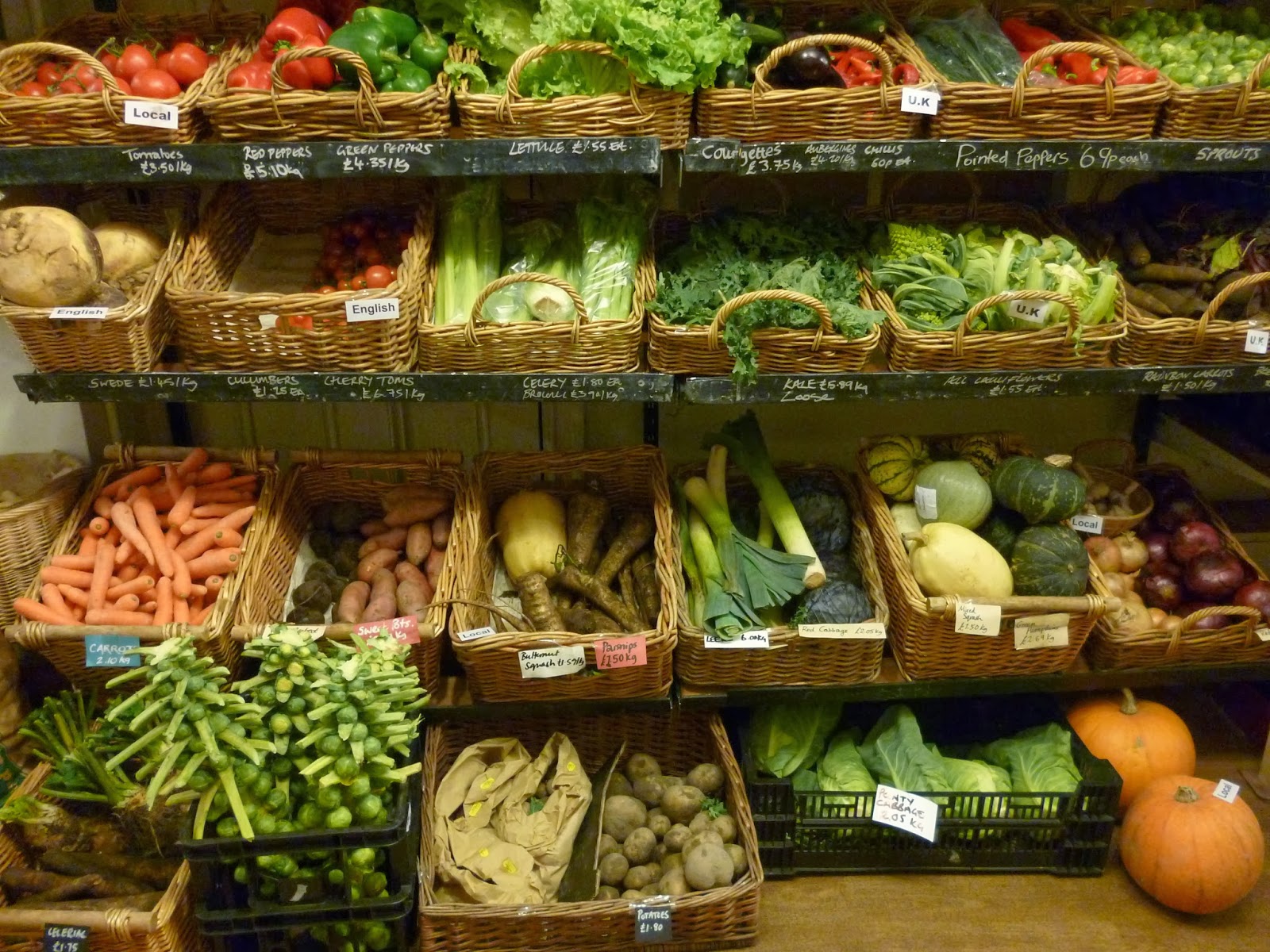Registered Dietitian/Nutritionists (RDN’s) partner with you to apply food and science knowledge to achieve health goals. Using food to improve health means RDNs care about the environment and food supply.
“Let’s take care of our planet!” It’s taught to our children at a young age, and we continue this message in everyday life. It’s great to start early; but if you’re like me the challenges feel overwhelming. Is there anything one person can do? Is there anything a busy family could do? Yes. And yes!
Here’s a bit of interesting science. In “Single-item substitutions can substantially reduce the carbon and water scarcity footprints of US diets”, Rose, et al calculated the “carbon footprint” of different foods we eat by measuring the amount of greenhouse gases formed during its production – from growing, harvesting, processing and shipping.
Greenhouse gases trap heat in the atmosphere, prevent normal cooling of the Earth and this affects food production. Food systems are a large contributor of greenhouse gases.
The researchers measured the potential impact of substituting the food with the highest carbon footprint with a similar food with a lower carbon footprint in a meal. A single substitution – using the example of substituting beef with pork or chicken – reduced the carbon footprint of the meal by 48% and would reduce the carbon footprint of the whole study population by 10%. Choosing foods with lower carbon footprints is one way to take action!
While hunger exists in parts of the world including our communities, large amounts of food are thrown out, producing greenhouse gases from landfills. If you find yourself throwing out food, consider how you can minimize this. Smart shopping and meal planning will help. Composting services such as City of Chicago Food Scrap Dropoff (free) and fee for service businesses such as WasteNot keep household food waste from landfills.
Inspired to do more? 6 Tips to Lighten Your Carbon Footprint (EatRight.org) is a great place to start. Although recycling is not a perfect solution, there are options such as TerraCycle (for specific product recycling). Prepare more plant-based dishes. Let the kids help shop, cook and serve the dishes. Talk up the benefits. And above all, share with others to make the biggest impact!
Written by Eileen Potter, MS, RDN, LDN
January 2024


